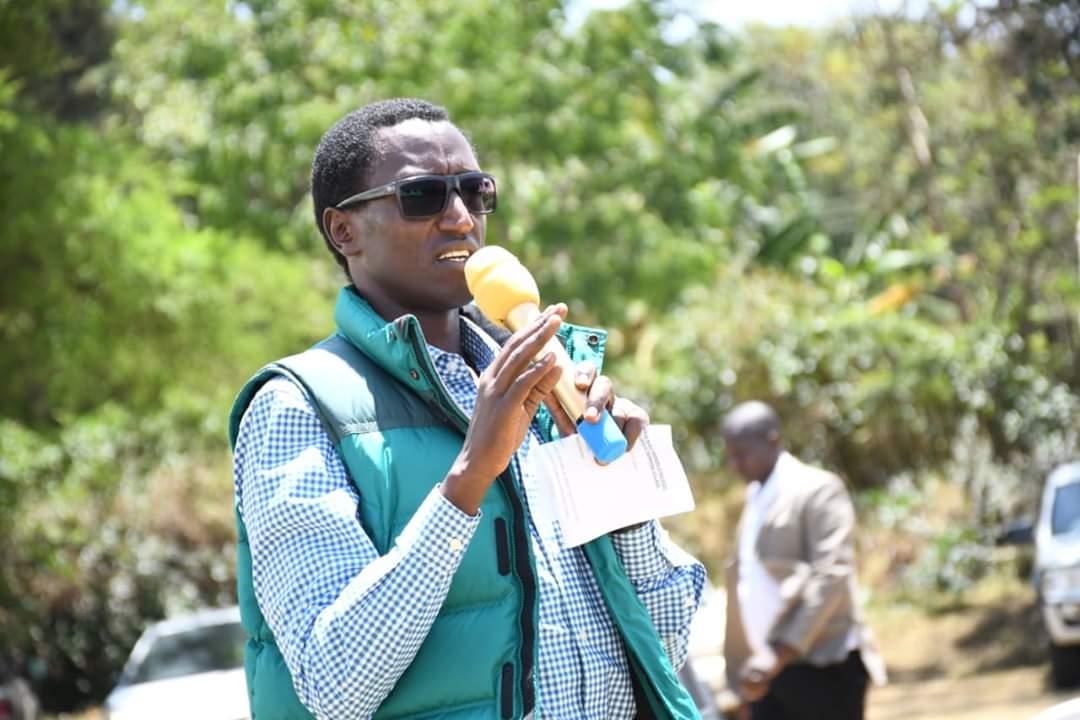Women’s exclusion from tech, innovation still rife

Kenya has made major strides towards achieving gender equality despite challenges it has continued to face over the years. For example, in the 2022 General Elections, Kenyan women made a major breakthrough after 29 women were elected to the National Assembly up from 23 women in the 2017 elections.
Also, seven female governors were elected, an increase from three female governors in 2017 and three female senators, the same number as in 2017.
Even though only a countable number of women won the elective seats, the election saw the highest number of women (1,962) ever vie for elective positions in Kenya.
But despite the increase of women representation in the political space, Kenya trails behind Rwanda, whose women legislators account for 61 per cent of the positions.
Since the election of the first woman to Parliament in 1969, the political landscape in Kenya has remained predominantly male and the implementation of gender parity patchy, hence the election of these women came in as a major boost to the calls for gender equity.
A 2021 report by United Nations Development Programme (UNDP) and the Government of Kenya report titled ‘Consolidating Democratic Dividends for Sustainable Transformation in Kenya’ shows obstacle to gender equality are prescribed gender roles, patriarchal attitudes, structural barriers, limited financial resources as well as non-compliance with the regulations that are gender-responsive.
Women voices are heard
Other challenges to achieving 50-50 equality between men and women are limited training on navigating the governance landscape, violence against women and girls and limited access to media coverage, which disadvantages women by reducing the pool of women in leadership and decision-making spaces.
And as the globe marks International Women’s Day under the theme, DigitALL: Innovation and technology for gender equality, Kenyan women feel a lot needs to be done for full realisation of gender equality and one of the ways to do so is by embracing technology.
Celestine Ukpere, a tech enthusiast says Kenya already prides itself as a land of innovation and technology and is a step ahead on using technology to address gender equality, especially the economic angle by supporting women entrepreneurs.
She says the country has also embraced technology by allowing women in conflict areas access digital skills and use technology to build peace and reduce gender inequalities. “Smartphones and mobile internet facilitates key functions of daily lives and bring out global women’s voices once confined to the homes or marketplaces. Most governments have realised technology has a tremendous promise and it needs to be supported by widening access to it, reducing social barriers and increase proficiency through training,” she says.
Anne Rose of Uzalendo Afrika, a community based organisation, which champions for youth and women inclusion, says this years’ theme calls for governments and stakeholders to break barriers to inclusion of women to innovation and technology.
Making tech accessible to women
Rose says technology has been made inaccessible to the majority of women despite the fact that it is a game changer to their economy and ways of lives.
“Cultural and religious beliefs are some of the barriers preventing women from taking up opportunities that come with technology. Mama Mboga should be made to understand of other uses of the smartphones they own besides communication, and this will only happen if we break these barriers, “she says.
The youth leader says the government further needs to demystify innovation as the majority of women interlinks it to tech-related developments, yet innovation can also be in the informal sector.
“We need to widen the innovation bracket to include women working in the informal sector, so that they can benefit from what they develop. Currently, innovation of something away from Information and communications technology (ICT) is not considered innovation, yet these women can earn a good living from what they develop,” she adds.
Rose says to actualise gender equality on innovation and technology, stakeholders should get ready for all barriers that block women from accessing technology and from earning from their innovations.
Zainab Bangura, Director General of United Nations Office in Nairobi, says technology has revolutionalised our day-to-day lives including women and it is time it be used to empower them economically. “We live in a world that is heavily reliant on technology, such as attending online classes, sending money and much more. But as a country, we should take note of the impact of technology on gender inequality as it widens economical and societal inequalities,” she says.
Bangura says there is a need to further spotlight the online and digital spaces gender based violence such as online bullying and harassment, which majority of female users have been victim of.
Exclusion leads to massive loss
She says exclusion of women, especially those in the rural areas from the digital world has come with massive costs.
According to UN Gender snapshot 2020 report, the locking out of women from the digital world has caused a loss of close to Sh128 trillion (US$1 trillion) in terms of domestic product from low and middle income countries and the loss is expected to rise to Sh192 trillion (US$1.5 trillion) by 2025 if the society continuee to exclude women from technology space.
The losses are as a result of missed business opportunities for women such as selling their products through digital platforms.
Bangura further says there has been low enrolment of girls to Science, Technology, Engineering and Mathematics (STEM) courses in colleges and universities with female students taking such courses in public universities accounting for less than 30 per cent. With a low number of girls pursuing these careers, it places the country at a risk of not having women in these science industries in future.
Bangura says the government should take deliberate steps to address challenges faced by women in STEM programmes to support them and their communities, which will then ensure a new generation of STEM women in future.
“A study also shows only 35 per cent of women use advanced digital services compared to 54 per cent of men. Another 38 per cent of women who have access to digital services have reportedly experienced online violence such bullying, cyber stalking, defamation and hate speech, public shaming and hacking,” she says.
While women reported to have experienced all these online harassments, redress mechanisms such as arrests and prosecution have remained inactive.
Not there yet
Kirinyaga governor Ann Waiguru says digital technology has provided African women with opportunities to study online, conduct online businesses as well as knowledge sharing with their counterparts across the world.
She says counties have not been left behind in establishing advancement programmes of innovation and technology meant to enhance women’s inclusion in digital such as provision of free internet by few counties.“Counties also continue to support mentorship for girls in vocational training centres in a bid to encourage uptake of STEM courses,” she says.
But while Kenya prides itself on making steps in the inclusion of women to innovation and technology space, Waiguru says the journey to equality in these spaces remains full of obstacles and challenges such as exorbitant costs of internet as well as wage difference in these sectors, which are male dominated.
The chairperson of the Council Of Governors says women continue to earn much less than their counterparts in the innovation and technology sector, something that needs to be reviewed if Kenya is to fully achieve inclusion.
She says these are the reasons preventing women from participating and benefiting, which must be fully addressed for realisation of inclusion to innovation and technology.
Various organisations are implementing programmes that advocate for innovation and technology for gender equality.
UN Women is piloting the Buy from Women (BfW) platform under the Global Flagship Programme on Climate Smart Agriculture, which provides easier access to land, information, markets and finance for women farmers.












